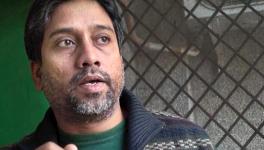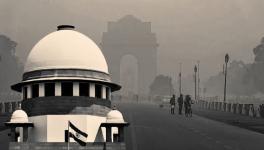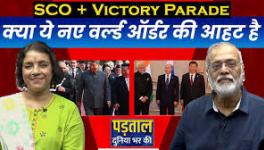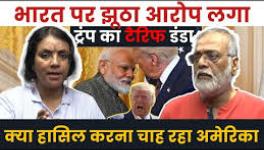The Nature of Judging
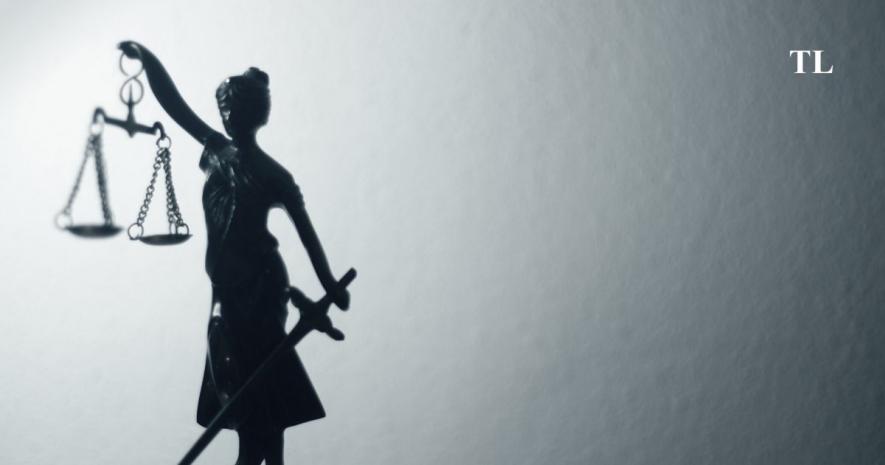
JUDGING or dispensing justice is a complex issue – it is difficult to define.
American judge Billings Learned Hand narrates a conversation with his compatriot, American jurist and associate justice of the Supreme Court of the United States, Oliver Wendell Holmes Jr., on a Saturday, when the judges of the U.S. Supreme Court confer about cases argued before them. When parting company with Holmes, Hand said: “Well, sir, goodbye. Do justice!” Holmes replied, “That is not my job. My job is to play the game according to the rules.”’
Today, many judges are trying to administer justice rather than play the game according to the rules – judicial activism is a part of the same.
Holmes believed that the judges should follow the statute as they see it, whatever the personal consequences may be. It was clearly visible in his dissent in Lochner versus New York (1905).
Also read: Who was Justice Oliver Wendell Holmes, one of the most famous judges of the Anglophone world?
Doing justice versus playing the game as per its rules
The aforesaid philosophy resonates with a story that reverberates in the corridors of the Allahabad High Court. It was narrated in detail by Chief Justice M.C. Desai in his farewell speech (reported in the 1966 Allahabad Law Journal). The tale, in short, goes as follows:
On an island, there was only one judge. One day, when he was standing at a window, he saw a man knifing another, and then the murderer ran away. Afterwards, another person came and tried to take out the knife. In the meantime, a constable came and questioned him. The other man got frightened and gave incoherent answers. He was arrested and tried before the same judge. Circumstantial evidence was strong; the accused was convicted and executed. When the truth came out, there was outcry against the judge. However, his conduct was defended on the ground that on the evidence presented, this was the only verdict possible.
In modern times, its classic example is the majority decision in ADM Jabalpur versus Shiv Kant Shukla (1976), better known as the ‘Habeas Corpus case’. In this case, the majority held that the writ of habeas corpus was not maintainable in the case, as the right to enforce Article 21 of the Indian Constitution was suspended during the then-declared National Emergency. After the Emergency was lifted and democracy was restored, one of the judges of the majority offered a public apology. American historian Granville Austin has written that this judge said that his “predisposition was not in the direction he ruled … [and that he] should have gone against [the] law.” Till the end, the same judge “maintained that there was neither natural law nor pre-constitutional rights, and if freedoms were suspended then nothing could be done”, according to Austin.
Also read: ADM Jabalpur: The Case that was but should never have been!
In the Habeas Corpus case, the majority consisted of learned judges. One of them was the sitting Chief Justice of India and the other three adorned the same office later. If the judges – so learned, holding such a high office – can hold so, then what to say about ordinary mortals?
Nevertheless, the redeeming feature is that this scenario is changing. American legal academic Catharine Pierce Wells, in her book ‘Oliver Wendell Holmes: A Willing Servant to an Unknown God’ writes: “Sometime between our entry into World War II and departure from Vietnam, Americans became impatient with the idea that the courts should “play the games according to rules”, rather than do justice.”
When I heard the incident narrated by Justice Desai, its end was different. The judge, after convicting the accused, wrote a personal letter to the Queen, narrating the incident as he saw it. He requested Her Majesty to pardon him and she promptly did so. So ultimately, justice was done.
Last year, I had, in two articles on this outlet, explained the difference between law and justice, and mentioned that judges need not be prisoners of the law. Today, many judges are trying to administer justice rather than play the game according to the rules – judicial activism is a part of the same.
Also read: How I left my judicial career with my pride intact
When I listened to my heart over my mind during my judicial career
In my own judicial career spanning over fifteen years, I tried to listen to my heart rather than my mind.
In Hafiz Ataullah Ansari versus State of UP & Anr. (2010), the interpretation of Section 48 of the UP Municipalities Act, 1916 was in question before the Allahabad High Court. Under this section, the moment a show cause notice is issued to an elected president of a municipality for removal, the president ceases to exercise financial and administrative powers. The question was: whether they are entitled to any opportunity before it is issued.
Such drastic power could be easily misused. It was held in the judgment by a full bench of the high court, authored by me, that the world of Physics may be still searching for its Theory of Everything (‘TOE’) but jurisprudence has already found its TOE in fairness, which is its ultimate aim. This required minimum opportunity to be afforded to the president before issuing show cause notice that results into such drastic consequence.
Some of these judgments were overruled by the Supreme Court. This does not mean that they were wrongly decided or justice was not administered. It only means that the appellate court’s sense of justice was different.
Same was the reason in the Allahabad high court’s decision M/s MD Overseas Ltd. versus Director General of Income-tax & Ors. (2011). It was held in the division bench’s judgment, authored by me, that if the petitioners make out a prima facie case against the validity of a search under the Income-tax Act, 1961, then, subject to privilege under Sections 123 or 124 of the Indian Evidence Act, they are entitled to know the information in possession of the Department or the reasons for authorising the search, except the source of the information. This was done after distinguishing Supreme Court decisions and ignoring almost all other high courts.
In the Allahabad High Court’s division bench judgment in Hemant Kumar Agrahari & Anr. versus Smt. Laxmi Devi & Anr. (2003) that I authored, the Supreme Court’s judgment in Balkrishna R. Kadam versus Sangeeta B. Kadam (1997) was distinguished, and Section 27 of the Hindu Marriage Act, 1955 was broadly interpreted to hold that not only joint property, but exclusive property of the spouses can also be dealt with to avoid delay and multiplicity of proceedings.
In the Allahabad High Court’s division bench judgment in Committee of Management, District Coop. Bank Ltd. versus State of UP (2005) that I authored, Section 29 of the UP Co-operative Societies Act, 1965 was strictly interpreted, and the appointments of tainted office bearers of the ruling political party, who were nominated as administrators in cooperative banks, were set aside.
In Sheikh Mohammad (In Jail) versus State of Madhya Pradesh (Now Chhattisgarh) (2014), a Muslim boy accused of murdering his Hindu female friend – who was in love with him – was acquitted by a division bench, led by me, of the Chhattisgarh High Court.
In Gopal Mishra versus Pt Ravishankar Shukla University & Ors. (2013), the word ‘division’ was broadly interpreted to include marks as well by another division bench that I led of the Chhattisgarh High Court. It was done to give benefit to a visually and physically challenged candidate.
Also read: Justice M N Shukla: Memories of another day
These are just some of the many such cases that I decided where the heart ruled over the mind. Some of these judgments were overruled by the Supreme Court. This does not mean that they were wrongly decided or justice was not administered. It only means that the appellate court’s sense of justice was different. Had there been a higher court over the Supreme Court, then the latter’s decisions might have been overruled too.
Today, our jurisprudence is moving towards fairness. If the procedure is fair, the end result is fair; that is the end of the matter. Otherwise, some viable method has to be evolved; this is – as I already said in the beginning – a complex issue.
Get the latest reports & analysis with people's perspective on Protests, movements & deep analytical videos, discussions of the current affairs in your Telegram app. Subscribe to NewsClick's Telegram channel & get Real-Time updates on stories, as they get published on our website.










